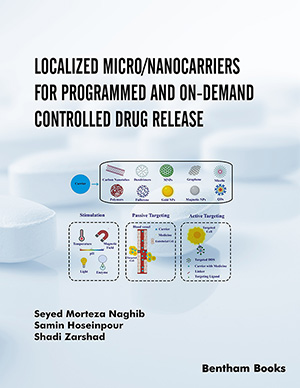Abstract
Background: Nanoparticles have shown great potential in biomedical applications such as imaging probes and drug delivery. However, the increasing use of nanoparticles has raised concerns about their adverse effects on human health and environment. Reproductive tissues and gametes represent highly delicate biological systems with the essential function of transmitting genetic information to the offspring, which is highly sensitive to environmental toxicants. This review aims to summarzie the penetration of physiological barriers (blood-testis barrier and placental barrier), distribution and biological effects of nanoparticles in the reproductive system, which is essential to control the beneficial effects of nanoparticles applications and to avoid their adverse effects on the reproductive system.
Methods: We referred to a large number of relevant peer-reviewed research articles about the reproductive toxicity of nanoparticles. The comprehensive information was summarized into two parts: physiological barrier penetration and biological effects of nanoparticles in male or female reproductive system; distribution and metabolism of nanoparticles in the reproductive system. The representative examples were also presented in four tables.
Results: The in vitro and in vivo studies imply that some nanoparticles are able to cross the blood-testis barrier or placental barrier, and their penetration depends on the physicochemical characteristics of nanoparticles (e.g., composition, shape, particle size and surface coating). The toxicity assays indicate that nanoparticles might induce adverse physiological effects and impede fertility or embryogenesis.
Conclusion: The barrier penetration, adverse physiological effects, distribution and metabolism are closely related to physicochemical characteristics of nanoparticles. Further systematic and mechanistic studies using well-characterized nanoparticles, relevant administration routes, and doses relevant to the expected exposure level are required to improve our understanding of biological effects of nanoparticles on the reproductive system.
Keywords: Biological effects, blood-testis barrier, distribution, nanoparticles, placental barrier, reproductive system.























